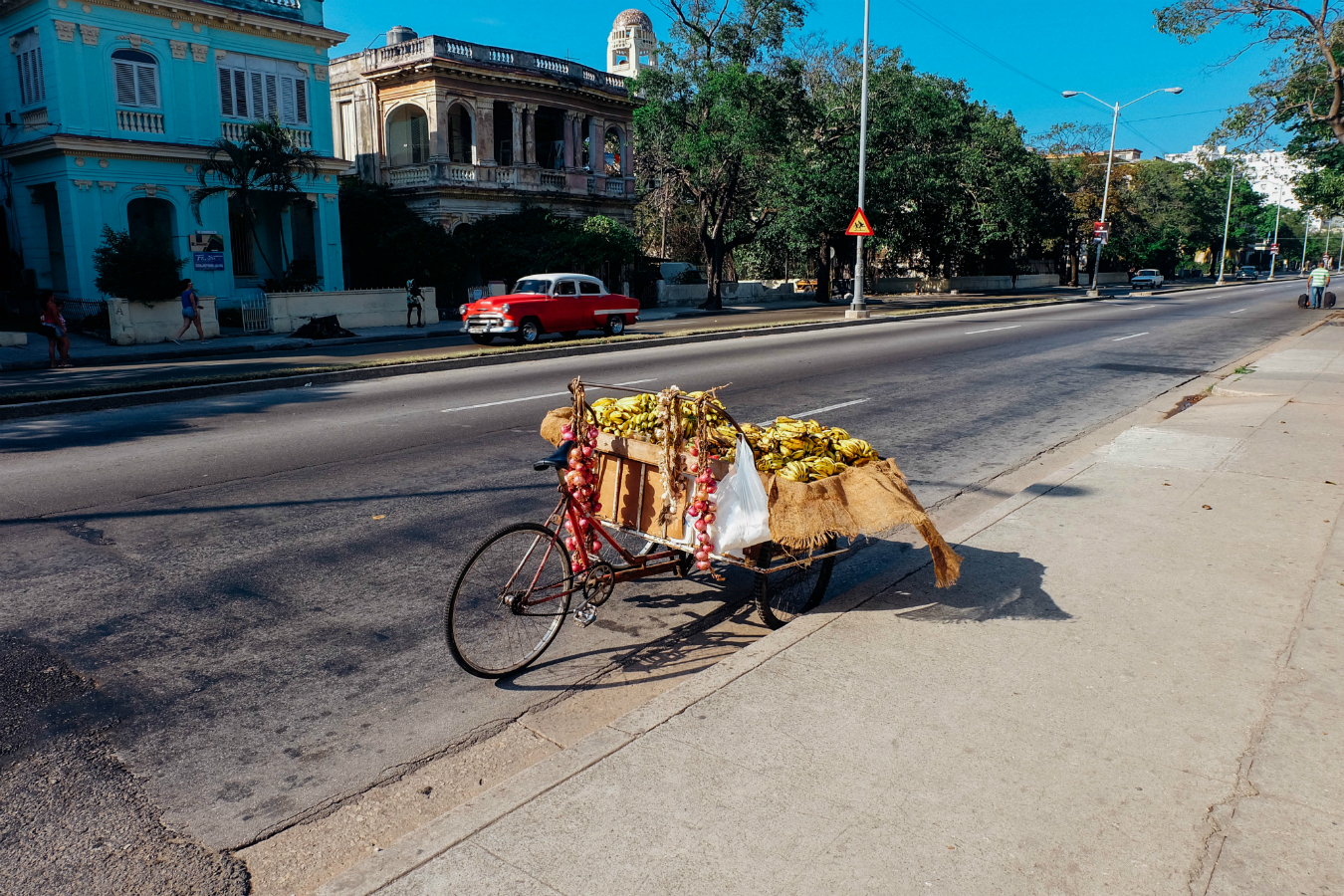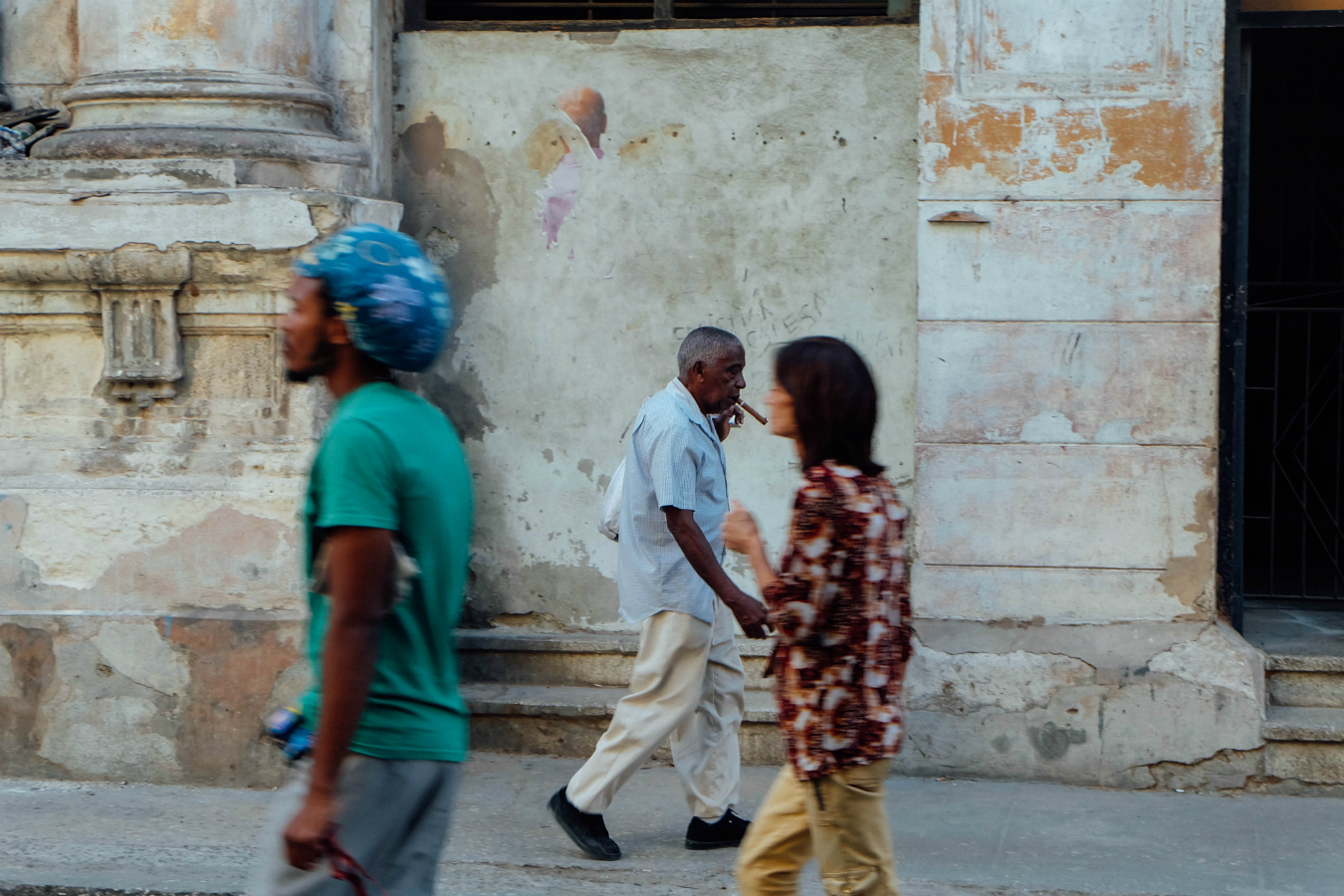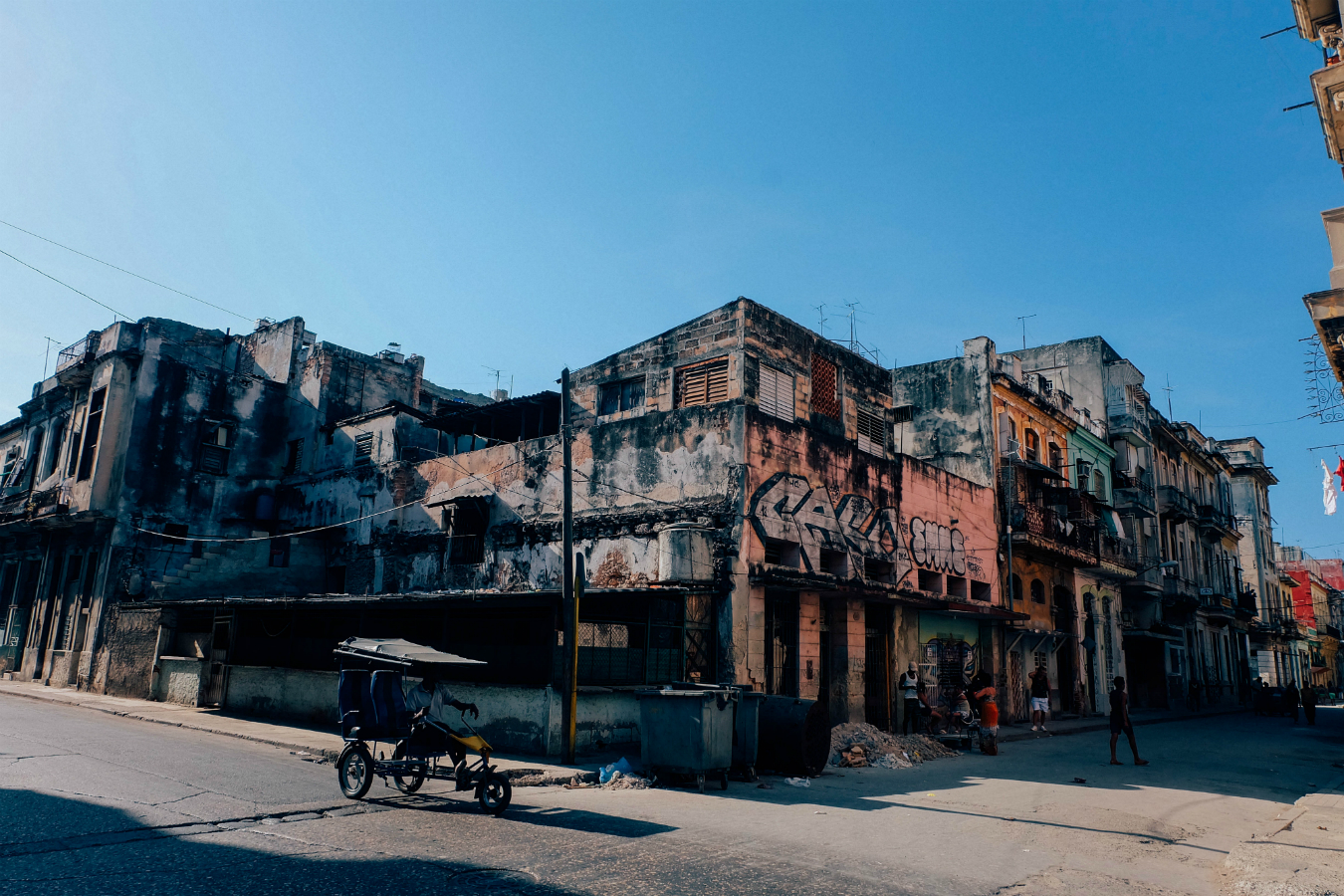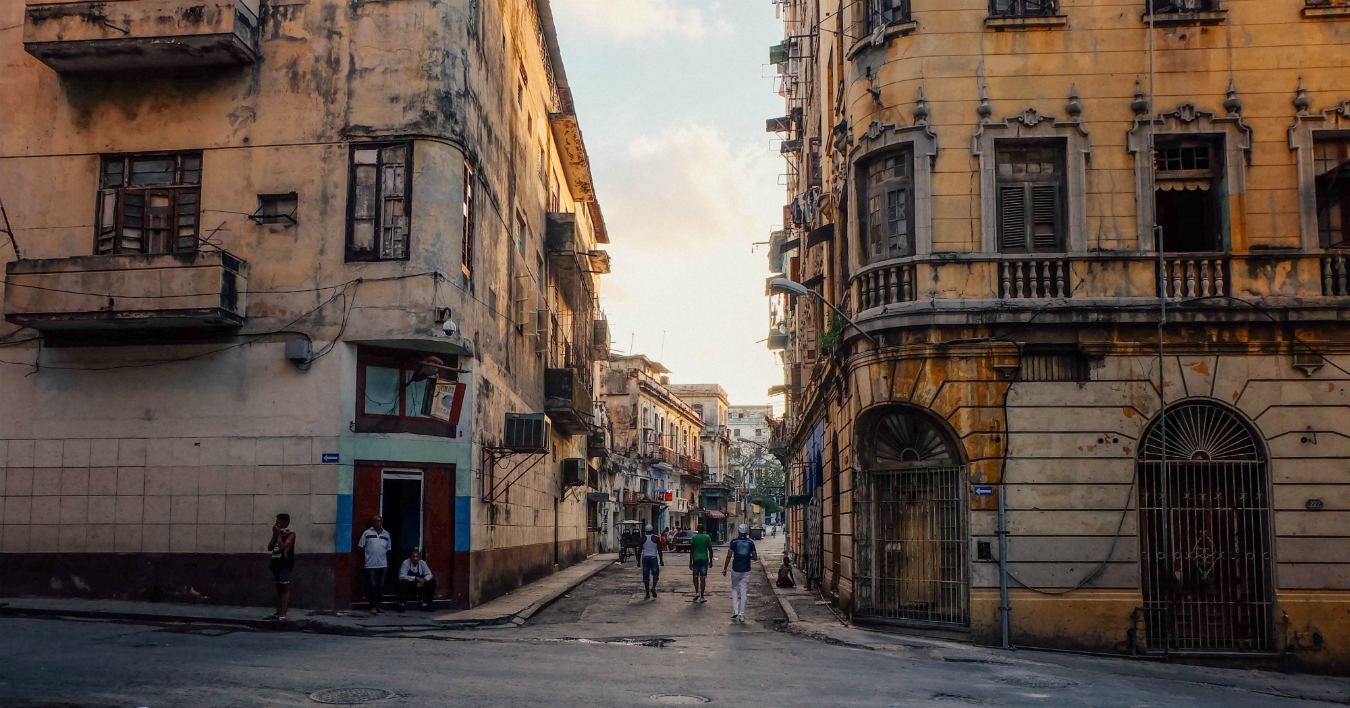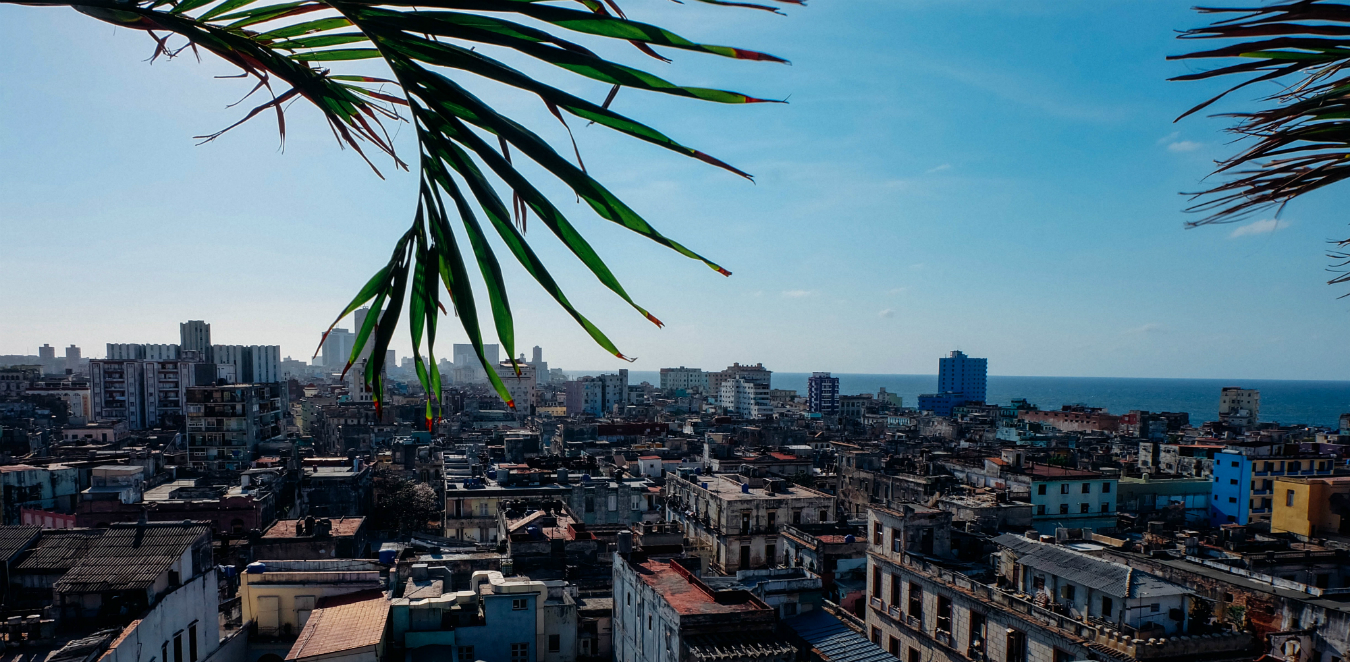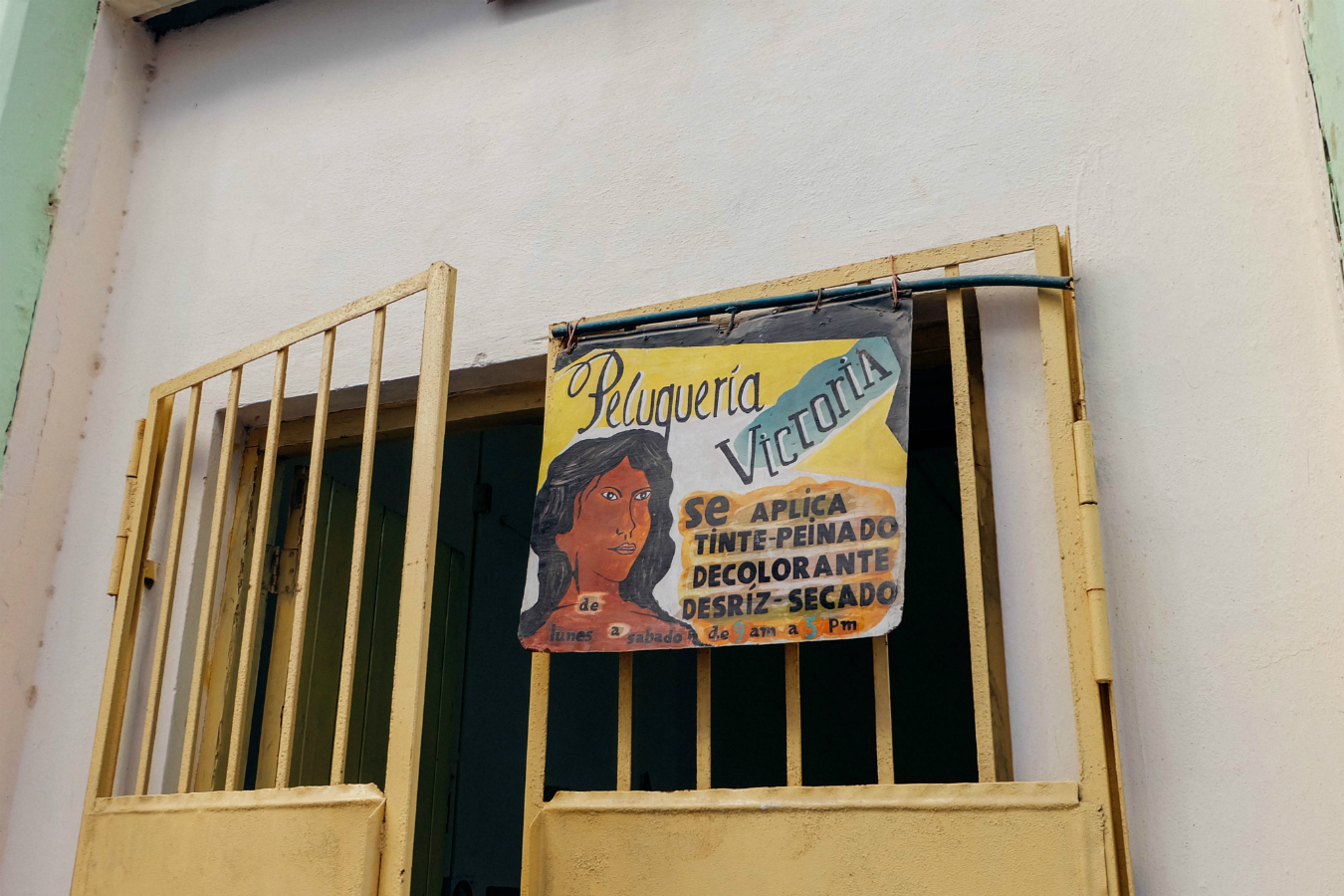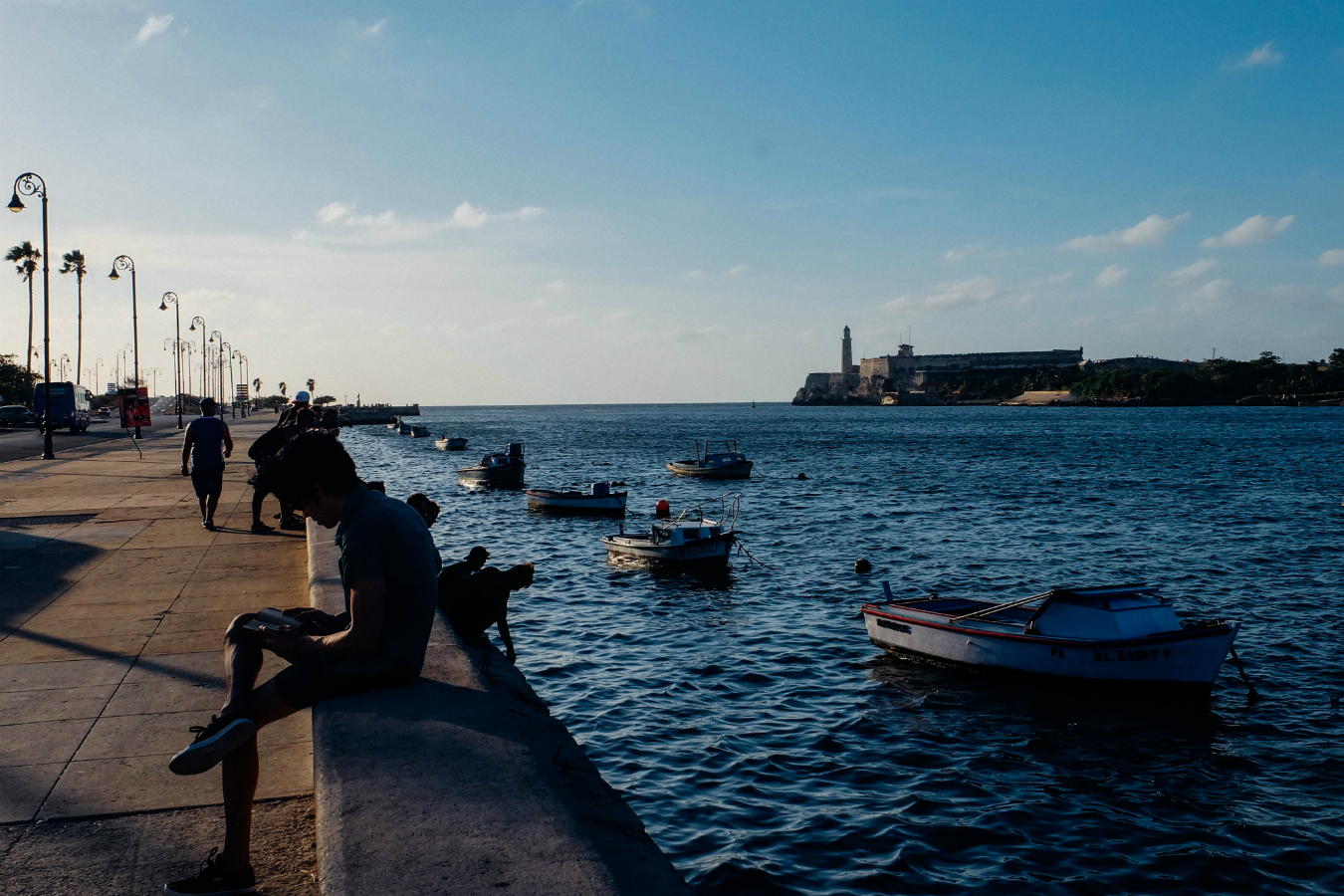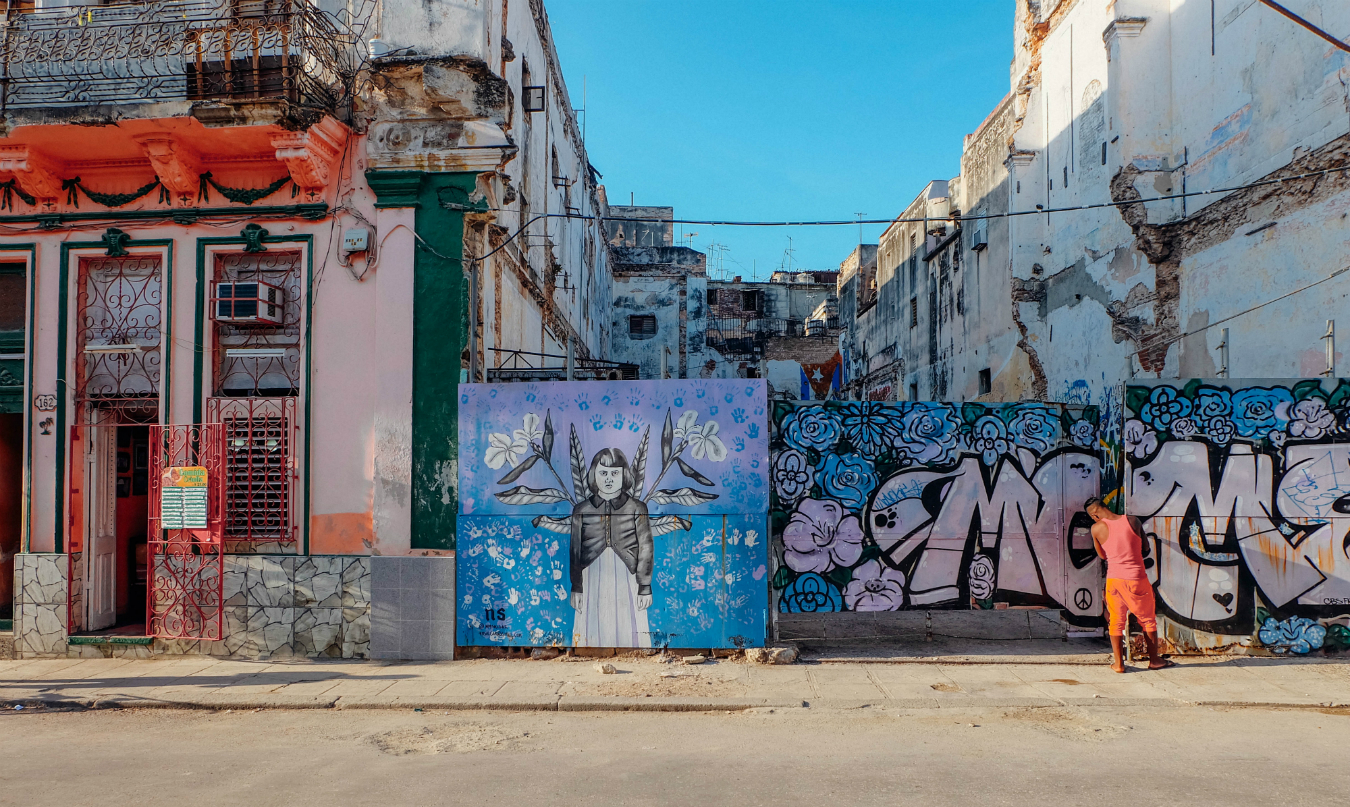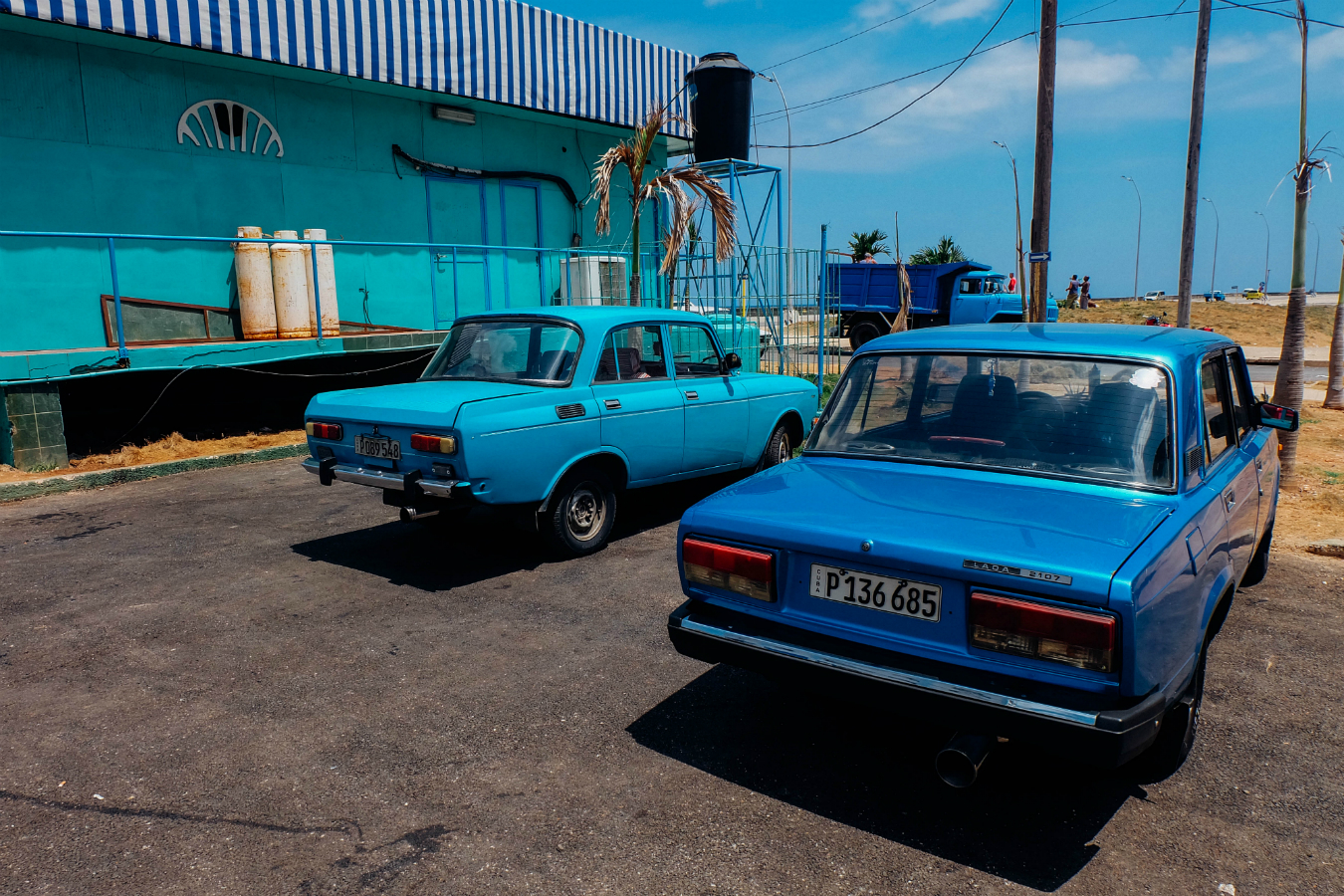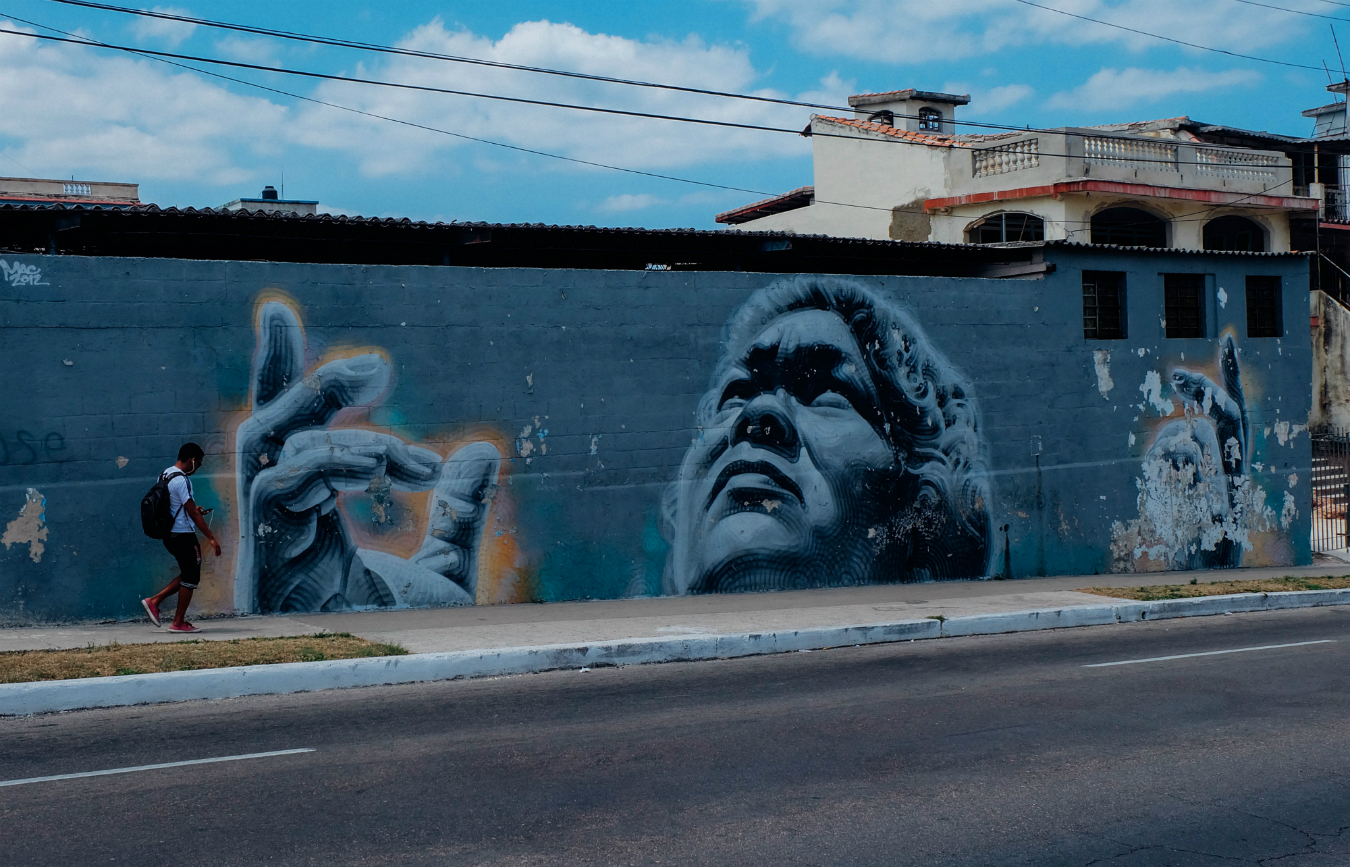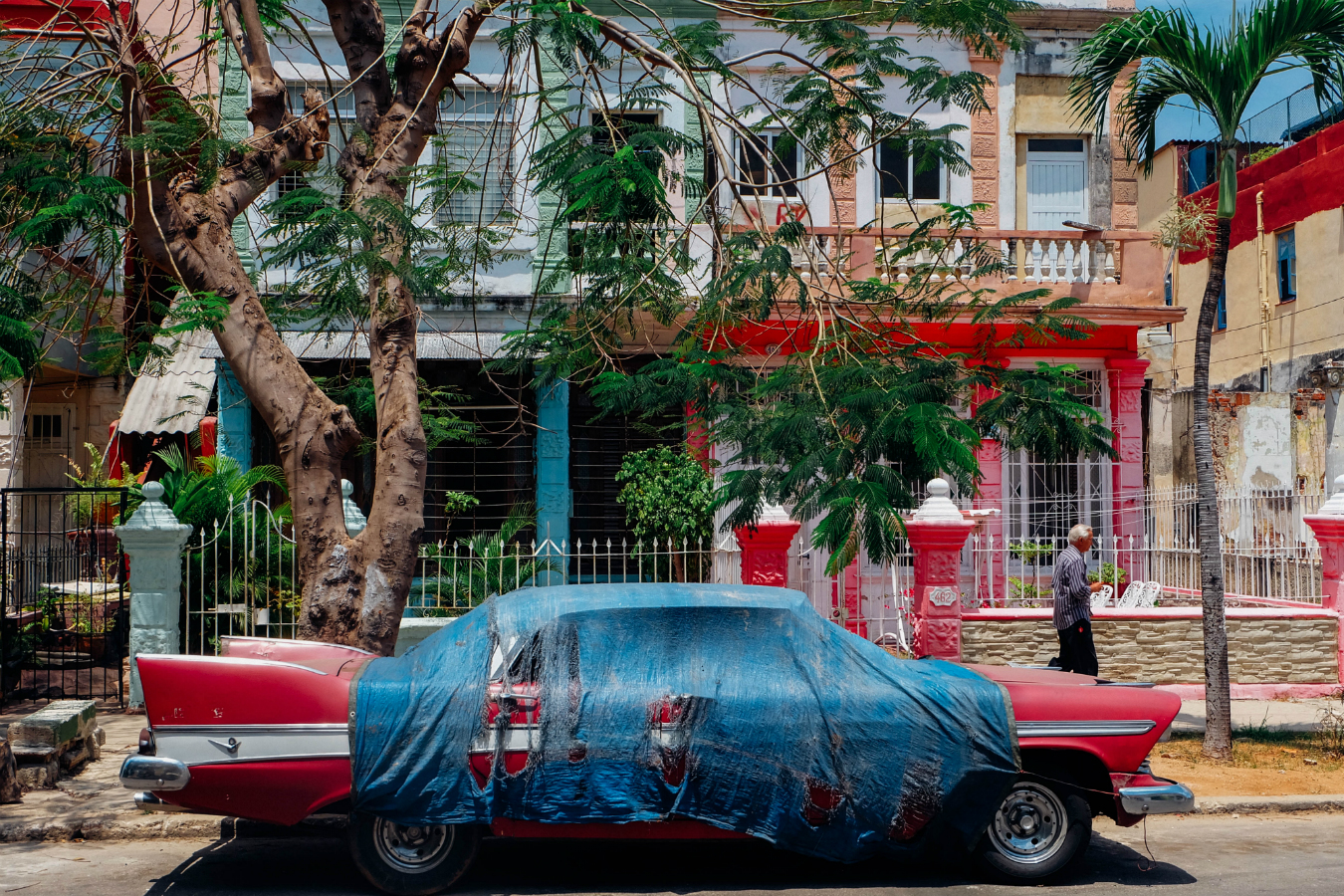An amalgamation of colonialism, revolution, and Caribbean tradition, the city of Havana in Cuba is truly a melting pot. Nearly 500 years old, Havana has earned a piece of almost every modern architectural style popularized in the subsequent periods: Neoclassicism, Art Deco, and colonial buildings all happily co-exist in close quarters. Traversing the city block by block can feel like time travel, with clusters of houses representing different decades and methods of development. Though the city itself appears luxurious and ornate, when travelling here, the best approach is to live simply. In the 1930s and again in the 1980s, much effort was put into increasing tourism in the city, and massive hotels were erected across Havana (a large concentration of which were put up in Old Havana, one of the town’s prettiest and most popular neighbourhoods). While having a pool and easy access to clearly labelled fold-out maps is a plus, when looking for lodging in Havana, the best place to start is at someone’s front door. Cuba has a great tradition of government-monitored casas: families rent out rooms in their houses, and pay income taxes off the money gathered. Staying in a casa gives you unlimited access to insider knowledge of the city, including the most interesting places to visit and how to get there.
Days in Havana are best spent exploring. The real spectacles lie not behind glass in museums, but on the streets in plain sight: in the markets, where guava and dried beans are sold; in the buildings, which are colorful and crumbling; in the cars, which look like they are on their way out of a 1950s drive-in movie. The more popularized spots reside in Old Havana, while small restaurants and stunning residential areas and parks sit in less commercial areas such as the Vedado neighbourhood. The city is covered in gorgeous street art, mildly sweet sponge cake coated with meringue can be purchased by the slice on the street in shops run out of people’s houses, and strong mojitos bursting with mint are available at every local bar. Cuban hospitality is a marvelous thing; no matter how dramatic the language barrier is, most everyone is ready to share stories and favorite places. The culture is not a reserved one—all it takes is a kiss on the cheek and an open attitude to be welcomed into a Cuban community in a matter of minutes.
For dining, the best option is to find a paladar or 24-hour cafeteria. Paladars are restaurants run out of the homes of regular Cubans, and here one can enjoy an authentic meal and music while exploring the unfiltered culture of Havana. Somos Cuba, for example, can be found in Old Havana; up a rickety flight of stairs in a colonial-era apartment building is this small dining room, which has a collection of eclectic artwork and good music. The lobster with rice and vegetables is a particular favourite.
The locals wind down their nights by heading to the sea. Each evening, the seawall stretching along one side of the city, known as the Malecón, fills with people equipped with bottles of rum and personal stereos. Watching the dense crowd along the wall, it can seem like the entire city has organized a meeting in one place. With the sound of the Caribbean ocean smashing against the concrete barrier, the bright stars above, and the people of Havana around, chatting the night away here is the perfect way to end an evening in a Cuban fashion: surrounded by simple pleasures and free of complications.

